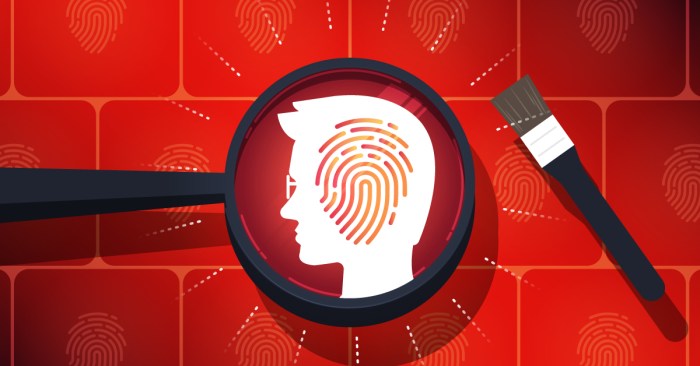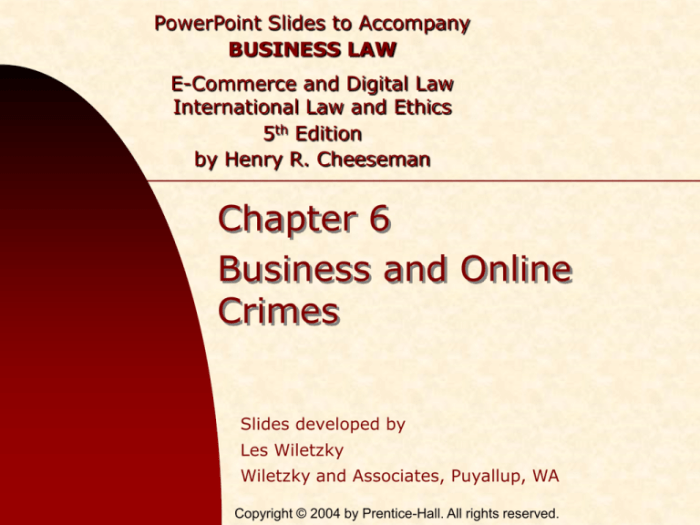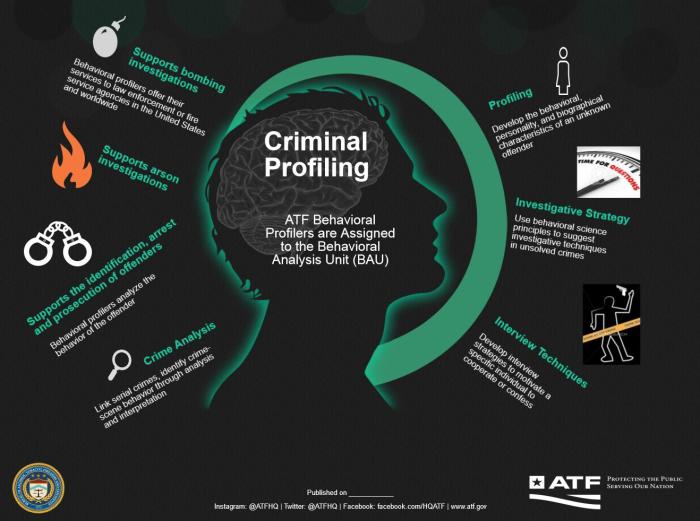What is the focus of criminalistics? This question delves into the captivating realm of criminalistics, a scientific discipline that plays a pivotal role in the criminal justice system. Criminalistics encompasses a wide range of subfields, each employing specialized techniques to uncover the truth in criminal investigations.
From meticulously examining crime scenes to analyzing forensic evidence using advanced scientific methods, criminalists strive to provide objective and impartial insights, ensuring justice prevails.
Overview of Criminalistics

Criminalistics, also known as forensic science, is the application of scientific methods and techniques to criminal investigations and legal proceedings. It involves the examination, analysis, and interpretation of physical evidence to reconstruct events and determine the facts of a crime.
Criminalistics plays a crucial role in the criminal justice system by providing objective and scientific evidence that can be used to support or refute claims made by parties involved in a criminal case. It helps to establish the truth, identify perpetrators, exonerate the innocent, and ensure fair and just outcomes.
Scope of Criminalistics
The scope of criminalistics encompasses a wide range of scientific disciplines, including:
- Forensic biology: Examination of biological evidence, such as DNA, blood, and bodily fluids, to identify individuals and determine their involvement in a crime.
- Forensic chemistry: Analysis of chemical substances, such as drugs, explosives, and poisons, to identify their composition and determine their role in a crime.
- Forensic physics: Application of physical principles to analyze evidence, such as ballistics, tool marks, and fire patterns, to reconstruct events and determine the cause and manner of death.
- Forensic document examination: Analysis of documents, such as handwriting, paper, and ink, to determine their authenticity, authorship, and alterations.
- Forensic digital forensics: Examination of electronic devices, such as computers and smartphones, to retrieve and analyze digital evidence, such as emails, text messages, and browsing history.
Subfields of Criminalistics

Criminalistics encompasses a wide range of subfields, each with its unique focus and methodologies.
The major subfields of criminalistics include:
Forensic Science
Forensic science utilizes scientific principles and techniques to analyze and interpret physical evidence in criminal investigations. It encompasses various disciplines, including:
- Forensic chemistry: Analyzes chemical substances, such as drugs, explosives, and trace elements.
- Forensic biology: Examines biological materials, such as DNA, blood, and hair.
- Forensic firearms: Investigates firearms and ammunition, including ballistics and gunshot residue.
- Forensic document examination: Analyzes documents to determine authenticity, identify alterations, and detect forgeries.
Crime Scene Investigation
Crime scene investigation involves the systematic examination of crime scenes to collect and preserve physical evidence. It includes:
- Scene documentation: Photographing, sketching, and videotaping the crime scene.
- Evidence collection: Gathering physical evidence, such as fingerprints, DNA, and weapons.
- Scene reconstruction: Analyzing evidence to determine the sequence of events that occurred at the crime scene.
Forensic Pathology
Forensic pathology focuses on the medical examination of deceased individuals in criminal cases. It involves:
- Autopsy: Performing examinations to determine the cause and manner of death.
- Toxicology: Analyzing bodily fluids and tissues for the presence of drugs or poisons.
- Forensic anthropology: Studying human skeletal remains to identify individuals and determine their age, sex, and ancestry.
Crime Scene Investigation

Crime scene investigation is a critical aspect of criminalistics, involving the systematic examination and documentation of a crime scene to gather evidence and reconstruct the events that occurred.
The process typically begins with securing the scene to prevent contamination or alteration of evidence. This involves establishing a perimeter, controlling access, and documenting the initial observations.
Evidence Collection and Analysis
Once the scene is secured, investigators collect and analyze various types of evidence, including:
- Fingerprints:Unique patterns left on surfaces that can identify individuals.
- Photography:Detailed images of the scene, victims, and evidence.
- DNA analysis:Genetic material that can link suspects to the crime.
- Trace evidence:Small particles, such as fibers, hair, or glass, that can provide information about the perpetrator or the victim.
These techniques are used to establish connections between the suspect, the victim, and the crime scene, helping to reconstruct the sequence of events and identify the responsible party.
Forensic Science

Forensic science is a multidisciplinary field that applies scientific methods to legal matters. It involves the use of scientific principles and techniques to analyze and interpret evidence in criminal investigations.Forensic scientists use a variety of scientific methods, including microscopy, spectroscopy, and chromatography, to analyze evidence.
Microscopy is used to examine the physical characteristics of evidence, such as the size, shape, and texture of a fiber. Spectroscopy is used to identify the chemical composition of evidence, such as the presence of drugs or explosives. Chromatography is used to separate and identify the components of a mixture, such as the separation of different types of drugs in a urine sample.Forensic
science is applied to a wide range of specific areas, including ballistics, toxicology, and document examination. Ballistics is the study of firearms and ammunition, and forensic ballistics experts can identify the type of firearm used to fire a bullet and can compare bullets to determine if they were fired from the same gun.
Toxicology is the study of poisons, and forensic toxicologists can identify the presence of drugs or other toxic substances in a person’s body. Document examination is the study of handwriting and other written documents, and forensic document examiners can determine if a document is authentic or has been forged.
Forensic Pathology

Forensic pathology plays a crucial role in criminal investigations by examining and interpreting evidence related to death. Forensic pathologists determine the cause and manner of death, identify victims, and provide valuable information to law enforcement agencies.Forensic pathologists employ various techniques to conduct their investigations.
They perform autopsies, which involve examining the body both externally and internally, to determine the cause of death. They also collect and analyze evidence, such as blood samples, tissue samples, and fingerprints, to assist in identification and to rule out potential suspects.
Cause and Manner of Death
Determining the cause of death is crucial in criminal investigations. Forensic pathologists examine the body for signs of trauma, disease, or poisoning. They also review medical records and interview witnesses to gather information about the deceased’s health and circumstances leading up to their death.The
manner of death is also important to determine. It can be classified as natural, accidental, suicide, homicide, or undetermined. Forensic pathologists use their expertise to assess the evidence and make a determination based on the available information.
Victim Identification
In cases where the body is badly decomposed or disfigured, forensic pathologists use various techniques to identify the victim. These techniques include dental records comparison, fingerprint analysis, DNA testing, and facial reconstruction.
Ethical Considerations in Criminalistics: What Is The Focus Of Criminalistics

The practice of criminalistics is guided by a strict set of ethical guidelines that ensure the integrity and objectivity of the work conducted by criminalists.
Objectivity, impartiality, and confidentiality are paramount in criminal investigations. Criminalists must strive to remain unbiased and avoid any personal or professional influences that could compromise the accuracy of their findings.
Objectivity and Impartiality, What is the focus of criminalistics
Objectivity and impartiality are crucial to ensure that criminalists provide unbiased and accurate findings. They must avoid any preconceived notions or biases that could influence their interpretations of evidence.
To maintain objectivity, criminalists must:
- Base their conclusions solely on the evidence presented.
- Avoid any personal or emotional involvement in the case.
- Be aware of their own biases and take steps to minimize their impact.
Confidentiality
Confidentiality is essential to protect the privacy of individuals involved in criminal investigations. Criminalists must safeguard all information obtained during their work, including:
- Personal information of victims, witnesses, and suspects.
- Evidence collected at the crime scene.
- Results of forensic analyses.
Breaching confidentiality can have severe consequences, including damage to reputations, loss of trust, and even criminal charges.
Common Queries
What is the primary focus of criminalistics?
Criminalistics primarily focuses on the application of scientific methods and techniques to analyze and interpret physical evidence in criminal investigations.
What are the major subfields within criminalistics?
Major subfields of criminalistics include forensic science, crime scene investigation, and forensic pathology.
How does criminalistics contribute to criminal investigations?
Criminalistics provides scientific analysis of physical evidence, assisting in crime scene reconstruction, suspect identification, and determining the cause and manner of death.